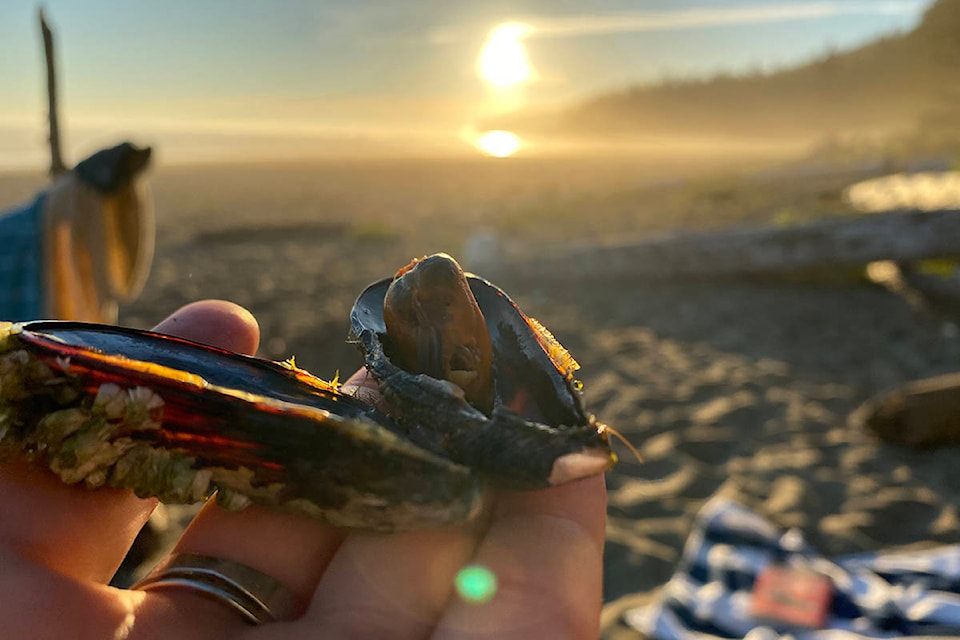Wondering how the barnacles fared during the heat dome? Not well, according to University of Victoria marine biologist Kim Juniper. Neither did oysters, mussels or clams.
“The three days of heat corresponded to the summer equinox where we had daytime low tides. So the inter-tidal organisms were exposed to the heat of the atmosphere rather than being cooled by the ocean,” he said.
In other words, they got cooked alive.
During the hot spell, Juniper and his wife went to their normal ocean swimming spot to cool down. But the smell of decomposing shellfish was so strong that they left, their heat unrelieved.
“Of course after cooking, they started decomposing,” he explained. Bacteria do their best work in hot temperatures, and again, layering record-breaking heat on top of very low tides during the day led to a lot of heat baking on those dead organisms.
It was stationary creatures that would have been most affected. Anything mobile, like fish or even sea anemones, would simply move to deeper, cooler water.
Juniper’s not overly concerned about the shellfish population, saying they’ll probably recover within a year or two.
“This kind of thing can happen in nature. It was bad luck that the hot weather coincided with the low tides. If it had happened a week later, it probably wouldn’t have been so bad.”
He is working with other scientists to monitor the overall effect on seawater temperatures from that heat wave, but the data are not compiled yet.
ALSO READ: 2 Neutrogena spray-on sunscreens recalled due to elevated levels of benzene
Do you have a story tip? Email: zoe.ducklow@blackpress.ca.
Follow us on Twitter and Instagram, and like us on Facebook.
